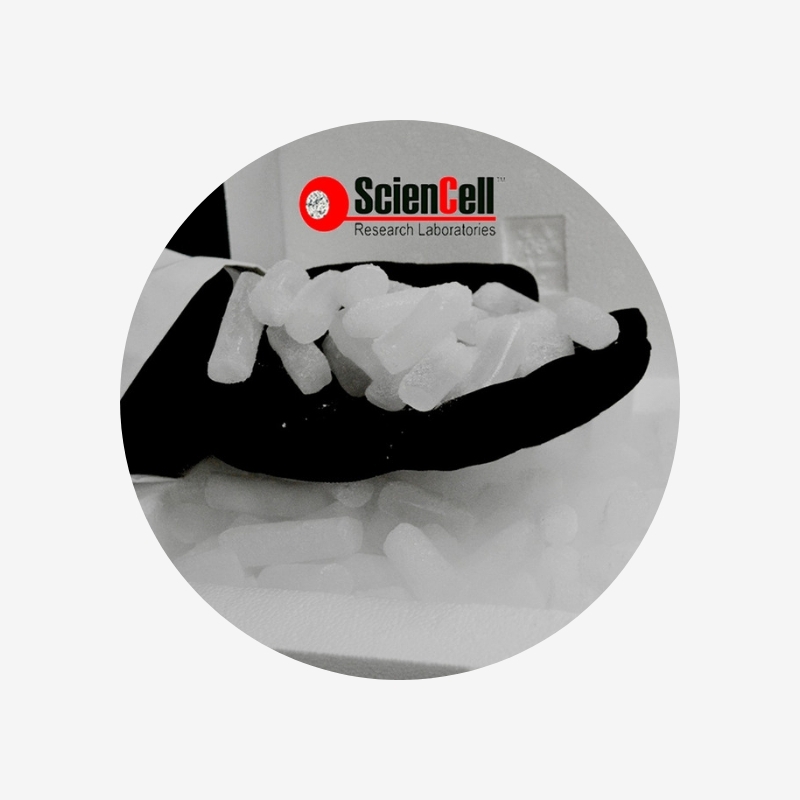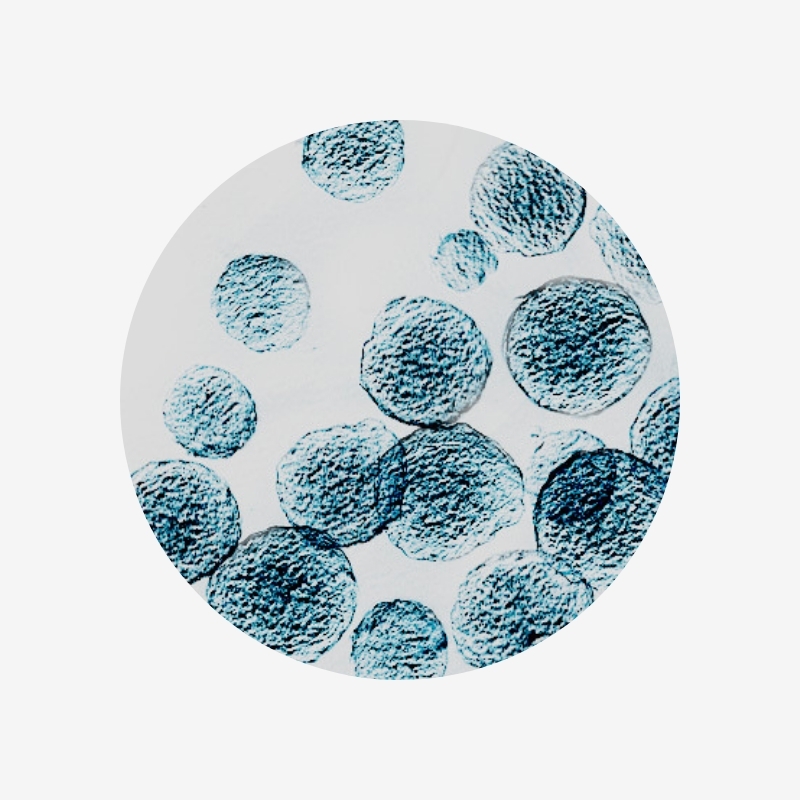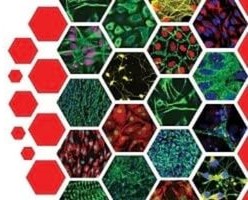Ready-to-Use 3D Spheroids Kits
Ready-to-Use 3D Spheroids Kits
Unique Features:
- Innovative: Only company to offer Ready-To-Use spheroids.
- Ready-to-use: Obtains hundreds of uniform 3D spheroids per well in 24 hours after thawing.
- High-throughput: Just thaw and plate spheroids directly into 24-, 48-, or 96-well plates.
- Simple: No experience in 3D cell culture is required.
- Functional: Maintains the expression of functional markers.
Gain New Biological Insights with ScienCell’s Ready-to-use 3D Spheroids
 1. Delivered Frozen
1. Delivered Frozen
 2. Thaw spheroids into 3D spheroid medium
2. Thaw spheroids into 3D spheroid medium
 3. Seed spheroids in multiwell plate
3. Seed spheroids in multiwell plate
 4. Ready-To-Use in 24 hours
4. Ready-To-Use in 24 hours

